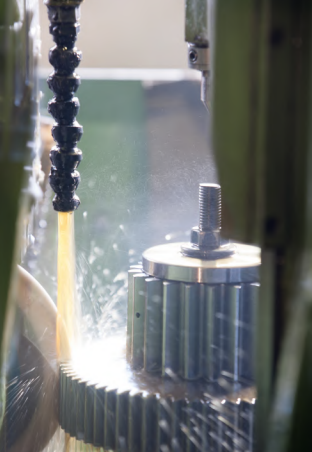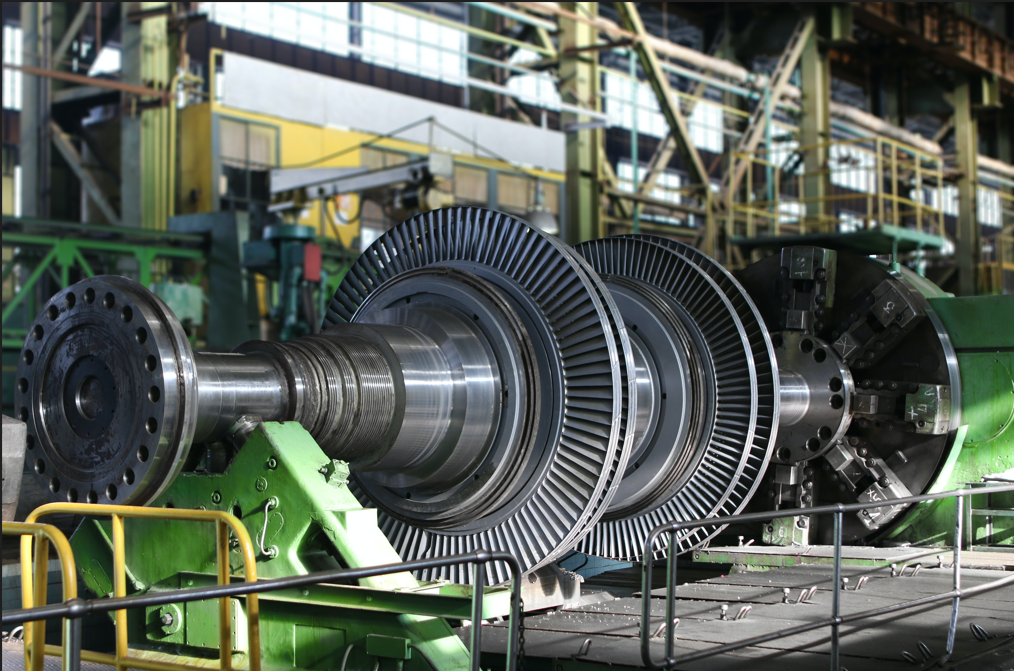From a Flawed Start to a Flawless Finish
Author Gear Technology India on June 19, 2023
We look at the five types of gear finishings that are commonly used in the gear industry
By: Nishant Kashyap
Gear finishing is the process of enhancing the accuracy, surface finish, and durability of gear teeth. Typically, this process is performed after the gears have been manufactured. But there are cases where it can also be performed to repair gears that have been damaged. Here, we take a look at the different finishing methods.
Gears find any applicability that requires the power and/or motion to be transmitted between two shafts. This essential mechanical component can be found in automobile, construction, biomedical, agricultural appliances, and machine tools applications among others. Therefore, the importance of gears cannot be undermined. When a gear is manufactured, it comes with its own set of flaws. For instance, the surface of a gear’s teeth are inaccurate. Dimensional inaccuracies are known to cause noise, excessive wear, and backlash between the gears during the mesh cycle.
But did you know that the type and characteristics of the finishing process of gears are also critical factors that need to be taken into consideration? If ignored, these could have a significant impact on the surface quality, microgeometry, surface integrity, and fatigue behavior of gears — all of which control a gear’s operating performance, transmission, noise and wear characteristics, and service life. Hence, selecting the proper finishing process is paramount.
Let’s take a look at some of the finishing processes, and understand how they can optimize the load carrying capacity of gears.
Finishing Methods
Shaving
Post hobbing or gear shaping, this method is used to improve the accuracy of a gear’s tooth profile and reduce the roughness on its surface. In this finishing process, a gear tooth along with a gear shaving tool run together at high RPM. The grooves on the gear shaving tool serve as cutting edges, which scrape the mating faces of gear to be finished. The cutting edges on the shaving cutter’s tooth surface chip from the surface of the gear to enhance tooth profile accuracy and reduce roughness along the tooth surface.
Gear shaving is a cost-effective process that results in low-noise gear surfaces. It may be used to better the quality of meshing between two gears or between a gear and a rack. Soft metals including aluminum alloys, bronze, brass, cast iron, and unhardened steels are mostly finished using the shaving method.

Burnishing/ Rolling
In this finishing method, the gear is rolled under pressure along with three hardened master gears of high accuracy and finish. Subsequently, the cold flow process is used to smear off the miniscule irregularities thereby enhancing the surface integrity of the desired teeth. Cold flow refers to the process of putting malleable metals under stress wherein the metal yields cause it to smoothen out.
Besides creating a smoother surface, burnishing hardens metal, reduces the risk of corrosion and even lowers manufacturing time by eliminating the extra steps of honing or grinding. Metals like brass, bronze, aluminum, stainless steel and copper are commonly burnished. The burnishing method is often used to finish automotive components, including pistons and transmissions parts, and non-automotive parts such as plumbing fixtures and valves, among others.
Grinding
Sometimes, hardened gears don’t get the required finish with the shaving or burnishing methods, especially when the heat treatment causes severe distortion and oxide film formation on the gear’s teeth. In such a scenario, the grinding method can help remove stock from the teeth and give the heat-treated gears the required finish. Here, an abrasive grinding wheel of a particular shape and geometry is used for finishing the gear teeth.
Gear grinding can be performed on a variety of gear materials including steel, cast iron, and aluminum. The choice of abrasive wheel depends on the material of the gear and the desired surface finish. Gear grinding can be used to process a variety of gears with high accuracy and surface finish. It is often used on gears for high-performance applications including automotive engines and gearboxes.

Lapping
Gear lapping is the process of refining gears made of hardened steel or other materials that are difficult to machine after heat treatment. Here, the gear and the lap tool are rotated as inter meshing gears with an abrasive compound forced between the teeth.
This improves the surface finish and reduces the friction between the teeth. Typically, this finishing method is performed after the gears have been manufactured. However, it can also be used to repair damaged gears.
Gear lapping can improve the accuracy of the tooth profile, reduce the surface roughness, and improve the durability of the teeth. This helps to ensure that gears operate smoothly and efficiently, and that they have a long service life.
Honing

This process is used for super finishing the generated gear teeth after heat treatment using honing machines. A special tool called a honing stone or a hone is used to achieve the desired precision surface. A honing stone is similar to a grinding wheel. However, it is more friable, so that it conforms to the shape of the workpiece as it wears in. Honing can be performed by hand, too.
While larger and more complex parts are honed using the machine, the small, delicate parts are hand honed. Honing is a super finishing operation used for previously machined surfaces. It is used to finish internal cylindrical surfaces, drilled or bored holes. It is a cost-effective way to improve the performance and durability of metal parts, and it can help to extend their service life.
Conclusion
Gear finishing is an important part of the gear manufacturing process. Smooth surface finish, much more durability, enhanced accuracy, reduced noise and vibration are only some of the benefits of using gear finishing methods. Factors such as the type of gear, the desired accuracy and surface finish, and the cost of the process may affect the choice of finalizing which gear finishing method to choose. Thus, the intended outcome will always be to ensure that gears operate smoothly and efficiently, and that they have a long service life.
Post Views: 128



